
Physician Assistants
Physical & Occupational Therapists
KneeMRI ScansNon-OperativePhysiatry
Physical Therapy
Podiatry
Spine
Sports Medicine
TraumaUrgent Care
X-Ray Imaging

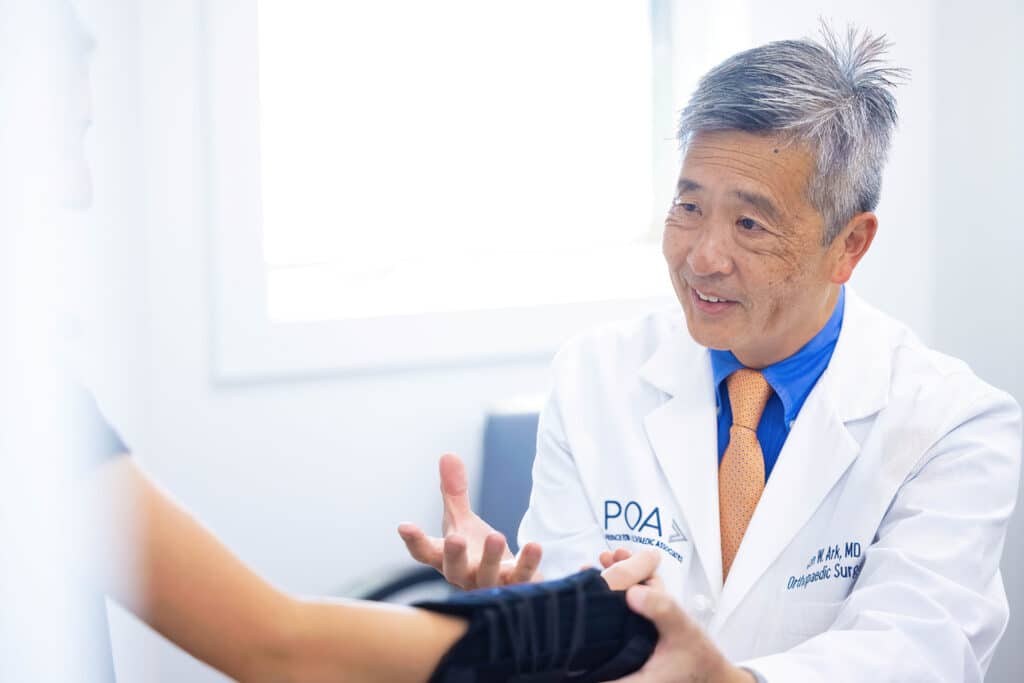
Ganglion cysts, fluid-filled sacs that develop outside joints or along tendons, are usually benign but can occasionally cause discomfort. In this blog post, we will explore what ganglion cysts are, their symptoms, diagnosis, treatment options, and recovery. If you have concerns about your health, reach out to Princeton Orthopaedics for professional guidance.
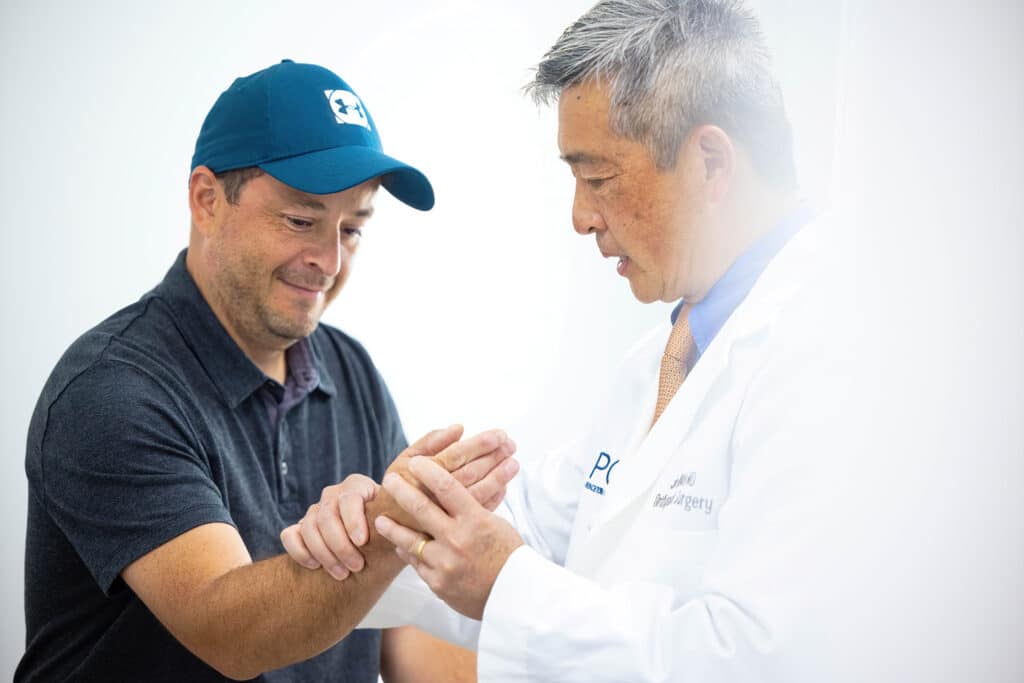

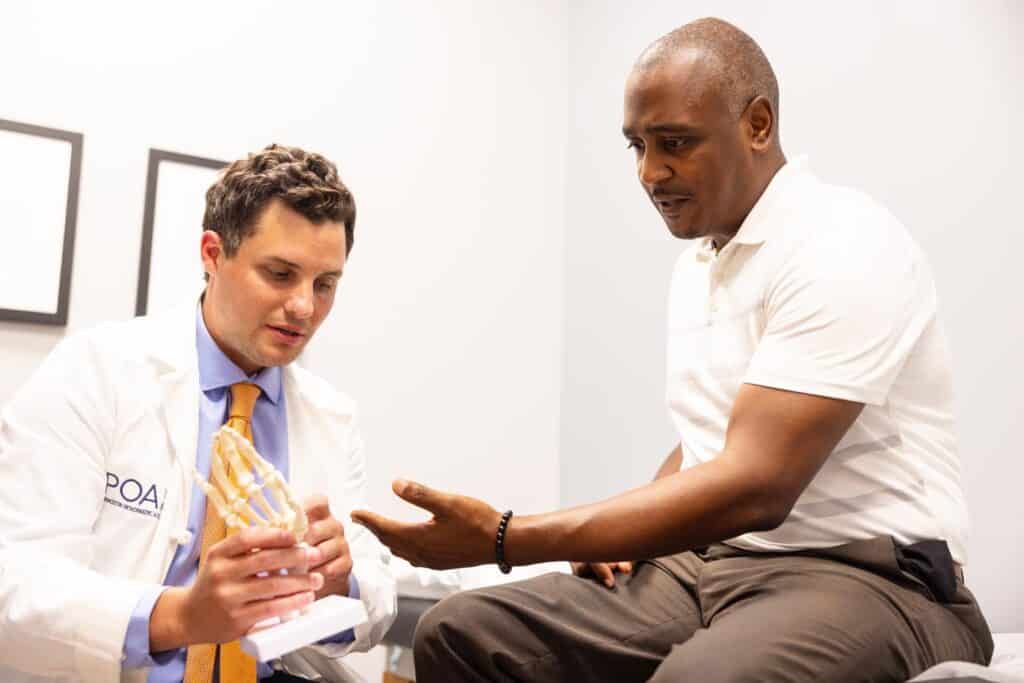
If you’ve got a mysterious bump at one of your joints, it might be a ganglion cyst. A ganglion cyst is a fluid-filled bump that can form on joints and tendons in various parts of the body. Their size and texture may change, particularly during joint movement or activity. They are commonly found on the wrists, hands, fingers, feet, or ankles. While typically harmless and not painful, these cysts may cause discomfort due to pressure on nerves. The exact cause is unknown, but factors such as repeated stress, age-related degeneration, or weak connective tissue may contribute. They are more common in women aged 20 to 40, and individuals engaged in sports with sudden stops and motions.
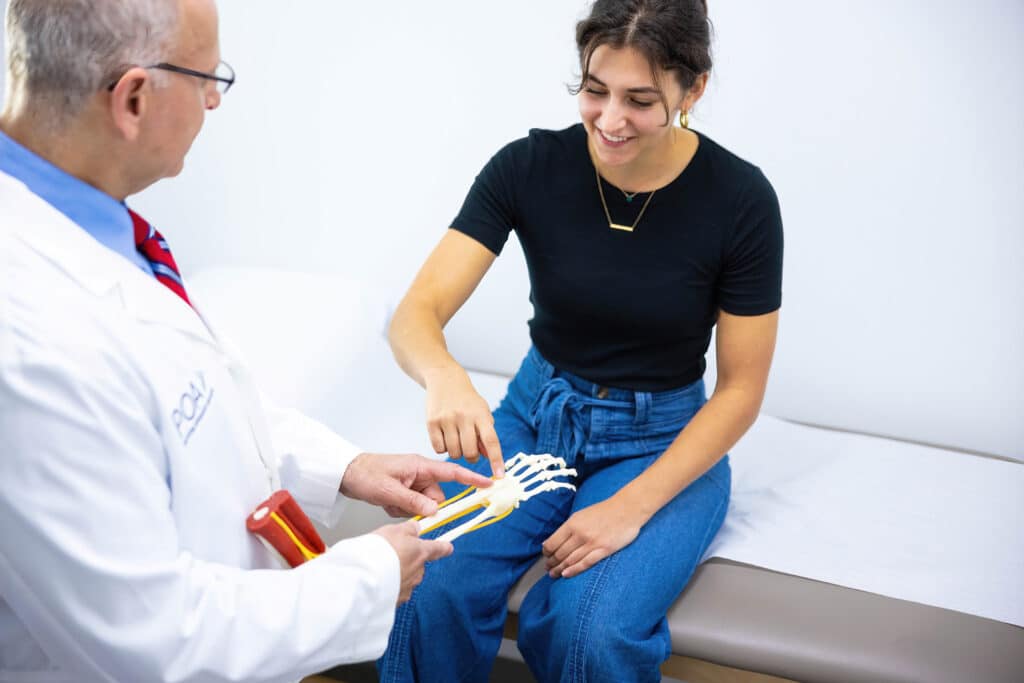
The areas where ganglion cysts are frequently found include:
It's important to note that ganglion cysts can develop in other joints and tendon sheaths as well. The specific location can influence the symptoms experienced and the treatment options considered. If an individual notices a lump or bump near a joint, especially if it causes discomfort or limits movement, consulting with a healthcare professional for an accurate diagnosis and appropriate management is recommended.
Ganglion cysts may not always be painful, but pressure on nerves can lead to discomfort. Swelling and tenderness in the affected area are common symptoms. The cyst's size and location determine the severity of symptoms.
Ganglion cysts typically present as noticeable bumps or lumps near joints or tendons.
The affected area may be sensitive to touch, and tenderness can be felt around the cyst.
While ganglion cysts are often painless, pressure on nerves may cause discomfort or pain.

Ganglion cysts may fluctuate in size, getting larger with increased joint usage or during times of stress.
A visible, fluid-filled bump or mass may be observable on the back of the wrist, hand, fingers, foot, or ankle.
In some cases, the cyst's presence may restrict the range of motion in the affected joint.
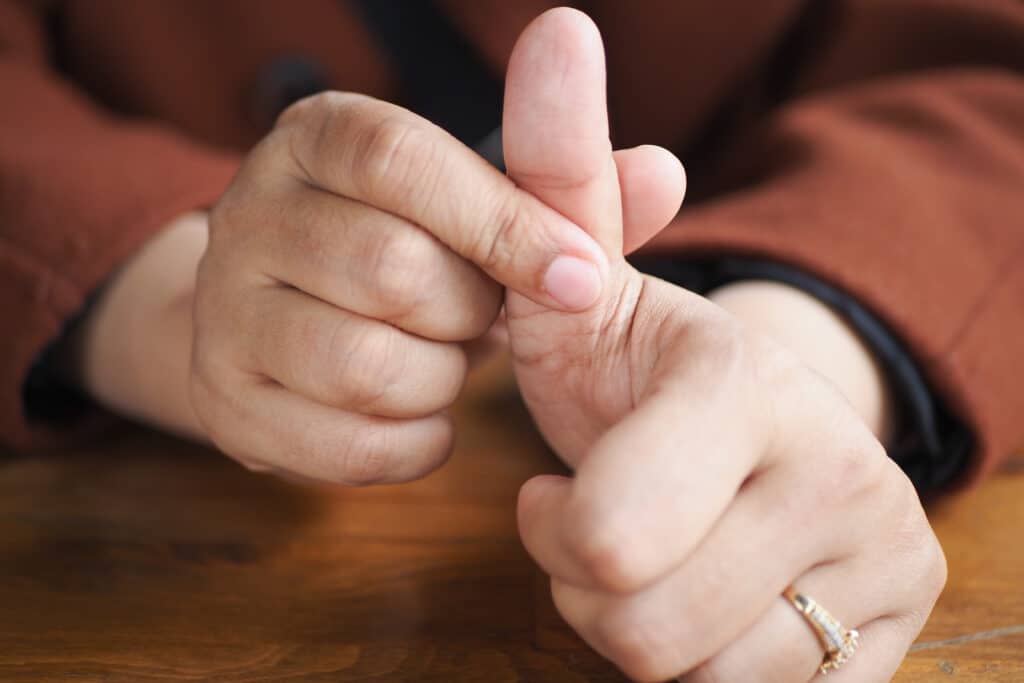
Ganglion cysts commonly develop on joints and tendons of the arms, wrists, hands, feet, and legs.
It is more common among women aged 20 to 40 and individuals engaged in sports with sudden stops and motions.
Ganglion cysts develop gradually, often over time, and may be associated with repeated stress on the area.
If you experience wrist pain or suspect a ganglion cyst, a visit to an orthopaedic specialist is crucial. Physical examination, questions about symptoms, and additional tests, such as X-rays or ultrasound imaging, may be conducted to diagnose and rule out other conditions.
Treatment options vary based on cyst size and location. Non-surgical approaches include draining fluid with a needle and medications to reduce inflammation. Surgical removal, while more invasive, offers a better chance of complete elimination. Patients must consider the pros and cons of each option, keeping in mind factors like recovery time and individual health.
For small, painless cysts, the orthopaedic specialist may choose a conservative approach, monitoring the cyst over time to observe any changes, and no immediate treatment may be necessary. However, there are some home treatments that can provide relief:
*It's crucial to note that while these home treatments may offer relief for some individuals, consulting with a healthcare professional is advisable for a comprehensive evaluation and personalized guidance based on the specific characteristics of the ganglion cyst.
Prescribing Non-prescription pain relievers, such as ibuprofen or acetaminophen, can be used to manage pain associated with ganglion cysts and reduce inflammation.
Using splints or braces to immobilize the affected joint can relieve pressure on the cyst and minimize discomfort.
A common, relatively quick, in-office procedure draining the fluid from the cyst using a needle.
In more severe cases, surgical removal of the ganglion cyst may be recommended, especially if it causes significant discomfort.
If you think you have a ganglion cyst, seeking a consult with one of POA's orthopaedic specialists is recommended. They guide patients in weighing the pros and cons of surgery versus non-surgical options, considering factors such as recovery time and individual health, the size and location of the cyst, symptoms, and patient preferences.
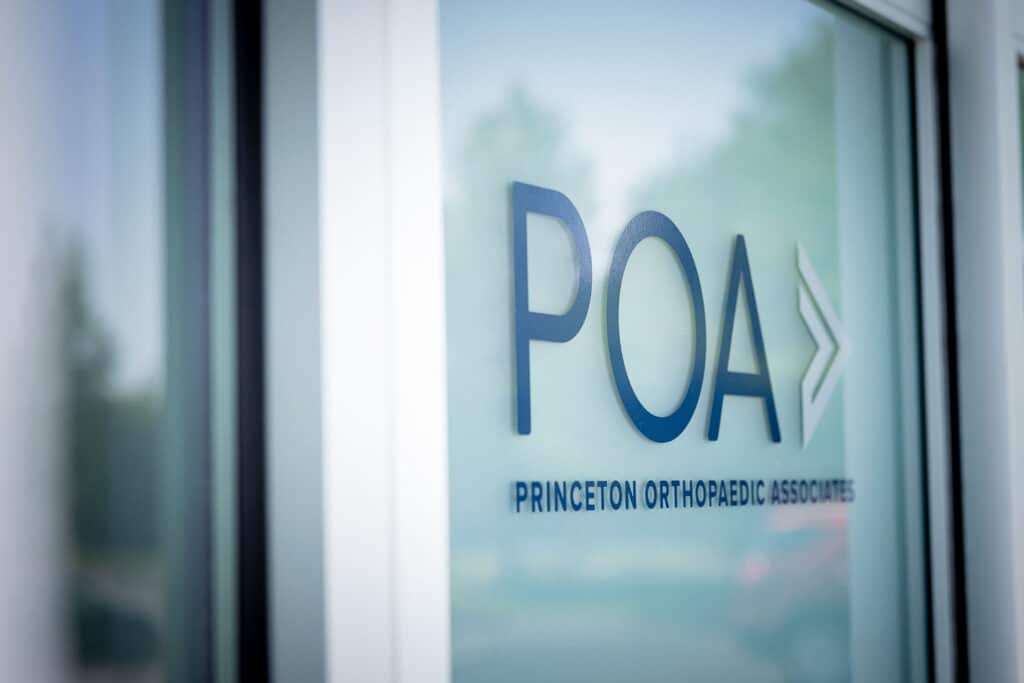
Please contact us! We'd love to help.
If you suspect you have a ganglion cyst, please contact us and schedule an appointment. We have urgent care facilities all over New Jersey for your convenience.
If a ganglion cyst is left untreated, several outcomes may occur, and the severity of these outcomes can vary depending on the individual and the characteristics of the cyst. Some potential consequences of leaving a ganglion cyst untreated include:
The likelihood of a ganglion cyst going away without intervention depends on various factors, including the individual's overall health, the size and location of the cyst, and whether it causes discomfort or limitations in joint movement.
While home remedies cannot guarantee complete resolution, some individuals have reported success in reducing the size of ganglion cysts with warm compresses and gentle massage. However, these methods may not be universally effective, and consultation with a healthcare professional is essential for appropriate guidance.
Ganglion cysts are soft tissue lumps filled with fluid. When you touch a ganglion cyst, it typically feels firm or rubbery, and it can be moved around slightly beneath the skin. However, some ganglion cysts feel quite hard and can someties be mistaken for a bony prominence.
Ganglion cysts often develop in response to repeated stress on a specific joint or tendon. Additionally, age-related degeneration of ligaments and tendons, as well as weak areas in connective tissue, can contribute to their formation. Activities involving sudden stops and motions, such as those in racket sports or gymnastics, increase the likelihood of developing ganglion cysts.
If you have a ganglion cyst, it's advisable to avoid activities that put unnecessary stress on the affected joint. High-impact activities and repetitive motions may exacerbate symptoms. Wearing protective gear during activities with a risk of joint stress can also help prevent aggravation of the cyst.
Persistent stress on the joint or tendon, inadequate rest, and failure to address symptoms promptly can contribute to the worsening of a ganglion cyst. Ignoring discomfort and continuing activities that strain the affected area may lead to increased pain and swelling.


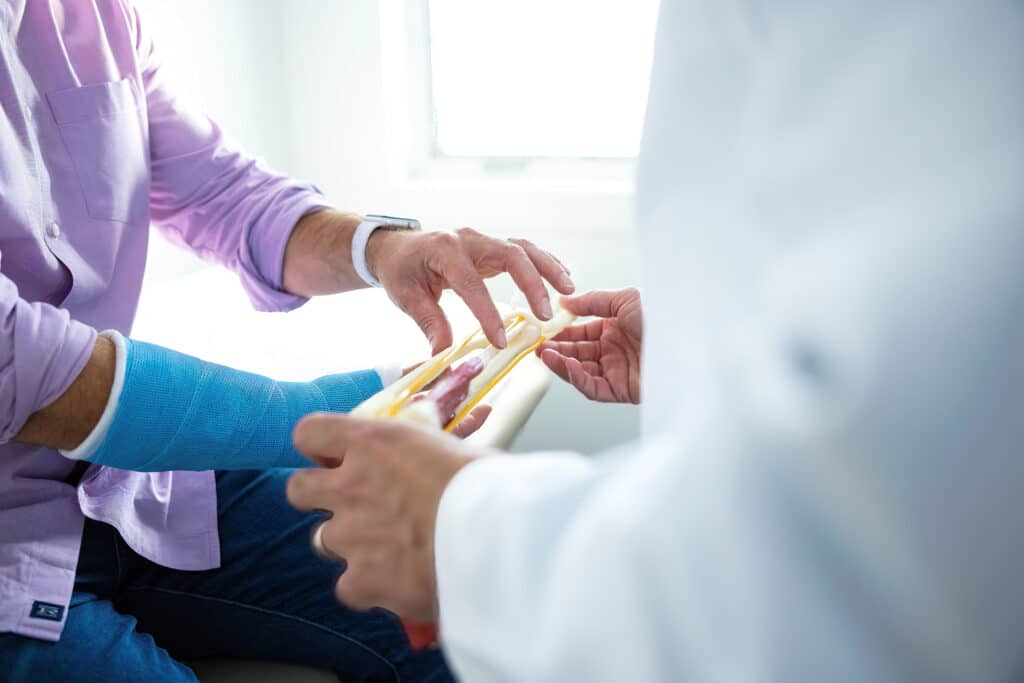

Practicing good joint health through low-impact activities, monitoring movement patterns, understanding ergonomics, and avoiding tight footwear can reduce the risk of ganglion cyst formation. Proactive measures today can safeguard joint health and prevent future issues.
It's essential to note that ganglion cysts are generally benign, and not all individuals with these cysts will experience complications. However, it's important to note that if a ganglion cyst is causing pain, discomfort, or limitations in joint movement, or if there are concerns about the appearance of the cyst, seeking medical advice and considering appropriate interventions, whether non-surgical or surgical, can help address symptoms and prevent potential complications associated with untreated ganglion cysts.
If you suspect a ganglion cyst or experience related symptoms, consulting with an orthopedic specialist is recommended for a comprehensive evaluation and personalized treatment plan. Princeton Orthopaedic Associates offers both surgical and non-surgical treatment options, ensuring personalized care for your specific needs.
If you have a lump or bump near a joint and are uncertain about its nature, it's essential to consult with a healthcare professional, such as an orthopedic specialist, for a proper examination and diagnosis. Don't let wrist pain hinder your activities—schedule an appointment today for expert diagnosis and treatment.

© 2023 Princeton Orthopaedic Associates. The contents of princetonorthopaedic.com are licensed under a Creative Commons Attribution-NonCommercial 4.0 International License. Copying without permission is strictly forbidden.